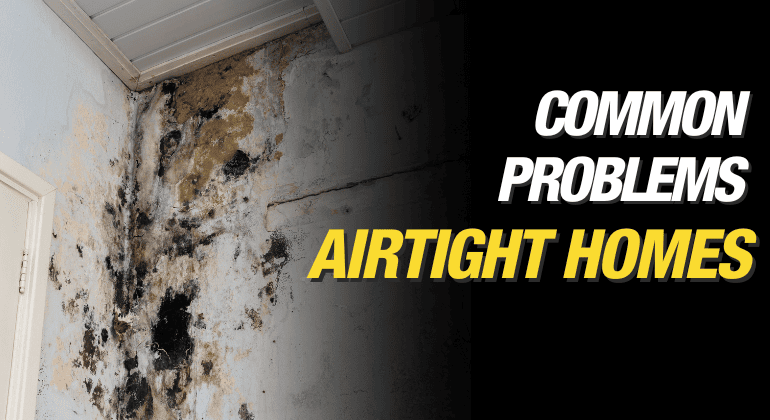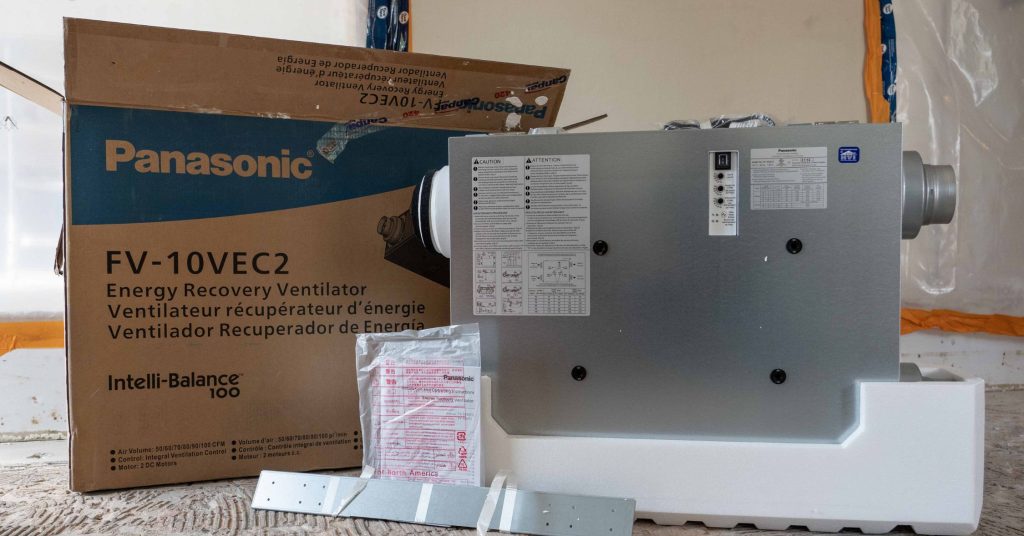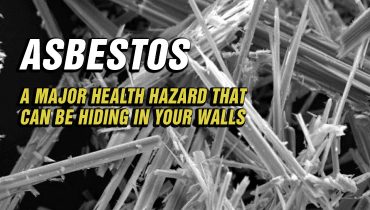Properly working gutters are essential for protecting your home from water intrusion — and gutter guards add a valuable layer of defense. They keep leaves, twigs, and debris out while...

Common Problems Of Airtight Homes: What You Need To Know For A Healthy Living
By Mike Holmes
Mike’s Advice / Home Renovation
Thursday, October 3rd, 2024 @ 9:13am
The Hidden Dangers of Airtight Homes You Don’t Know
I’ve heard many people say that the only reason older homes are still standing is because the air leaks are creating natural ventilation. Some people believe this is what makes homes healthy. I don’t agree with that. Air leaks don’t just mean AIR leaks. It means allergens, dust, pollen, and other contaminants coming in. It also means moisture is coming in and going into wall cavities. This moisture is bound to create a good environment for mould growth. However, there are some problems with airtight homes as well.
In reality, air leaks mean you’ve lost control of air movement. That’s not all. When warm air leaves the house, cold air comes in to replace it. This means wasting heat and energy. Many builders are building airtight homes because of their energy efficiency and ability to reduce heating and cooling costs.
As a contractor, I WANT to build airtight homes. However, it is VERY important to address indoor air quality in this type of construction. The downside of airtight homes without a proper ventilation strategy is indoor air pollution.
Here are some common problems with airtight homes.
#1 Airtight Homes – Lack of Fresh Air
Often, airtight homes have ventilation systems that are insufficient or not appropriately designed to ensure the correct amount of fresh air is coming in. This causes the home to feel stuffy and stale.
When I built my sunroom, I made sure it was extremely airtight. However, I installed an ERV (energy recovery ventilator) to create an air exchange and manage moisture. ERVs are designed to connect to the HVAC system in your home. They pull fresh, clean air into the building and remove stale/unclean air.
RELATED
#2 Airtight Homes Create The Buildup of Allergens and Toxins
Reduced ventilation in homes can cause a buildup of indoor pollutants such as allergens, carbon dioxide, volatile organic compounds (VOCs), and even radon.
Poor indoor air quality can have serious long-term effects on your health, causing allergies, respiratory disorders, or other serious illnesses. Think about all the crap you are breathing in!
There are a lot of contaminants in your air at home that stay trapped because air is not being exchanged.
RELATED
How To Improve Your Indoor Air Quality
7 Tips For Building A Healthy Home
Why Does My House Smell? 6 Smells You Should Recognize In Your Home
#3 Moisture Problems in Airtight Homes
Everyday activities such as cooking, showering, and even breathing produce a lot of moisture. In an airtight home without proper ventilation, this moisture can lead to condensation on walls, windows, and other surfaces. This creates the perfect environment for mould and mildew. In large amounts, this can affect your building structure and your indoor air quality.
RELATED:
#4 Airtight Homes Cause Overheating
Airtight homes can trap heat inside, making your home warm during the summer and forcing your cooling system to work harder. High-performance windows and shading techniques, like blinds or window coverings can help. Heat pumps or energy-efficient air conditioning systems should be a consideration.
If you live in an older home, you may also want to consider a mini-split heat pump system. They can heat and cool your home, and they don’t need ductwork.
Overheating can also happen in the winter caused by insufficient heat circulation which can contribute to an imbalance of room temperatures. No matter what season ensure your air return vents are not covered or obstructed.
Air leaks mean you’ve lost control of air movement.
RELATED
How Do You Ventilate an Airtight House?
Airtight homes do need mechanical ventilation (or air exchangers) to ensure a supply of fresh air. So I recommend investing in a balanced ventilation system.
#1 Install an HRV (Heat Recovery Ventilator)
- What It Is: An HRV exhausts stale indoor air and brings in fresh outdoor air
- Why It’s Effective: Reduces energy loss while maintaining good indoor air quality (IAQ).
#2 Invest in an ERV (Energy Recovery Ventilation)
- What It Is: An ERV is similar to an HRV as it creates an air exchange. However, an energy recovery ventilator manages moisture along with heat.
- Why It’s Effective: It helps maintain humidity levels, which is important in both dry and humid climates.

This Panasonic ERV is my recommendation. This is what I have installed in my house and our jobs.
RELATED
#3 Get Good Quality Exhaust Fans
- What It Is: Strategically placed exhaust fans in kitchens, bathrooms, and laundry rooms help remove moisture and pollutants directly at the source.
- Why It’s Effective: Vent fans have an important function – to remove moisture that can lead to mould and indoor air quality problems.

We renovated this bathroom on one of our projects for Holmes Family Rescue with lots of storage options including a shower niche.
RELATED
#4 Use Smart Technology To Your Advantage
SMART thermostats will help maintain consistent and comfortable indoor temperatures while optimizing energy consumption. Some smart devices in the market can detect unhealthy air, and automatically start your air exchangers or vent fans.
Swidget smart controls are amazing smart devices that can detect poor indoor air quality and will automatically turn on your Panasonic devices. I have them installed throughout my house.
RELATED
How do you test the airtightness in a house?
The best way to test the airtightness in a house is to get an energy assessment, using a blower door test, by a certified specialist to ensure a complete and accurate measurement of air leakage in your home. During the test windows, flues, chimneys, and vents are closed.
A fan is inserted in the building’s window or entrance during a blower door test and the air is sucked out (de-pressurized) and blown back into the building (pressurized). During these periods, the technician notes the amount of airflow.
Improving Indoor Air Quality In Our Homes
When a house is sealed tightly, you are trapping pollutants, allergens, and moisture inside because there is no air exchange. Harmful substances like carbon dioxide, volatile organic compounds (VOCs), and mould can reach dangerous levels and present health issues.
Airtight homes with insufficient ventilation can cause moisture buildup, especially in bathrooms and kitchens. This can result in mould and mildew, contributing to poor IAQ and structural damage. Evidence of this can be seen in continuous weepy windows and surface mould on walls.
Improving indoor air quality has to do with source control and a good ventilation strategy.
Homeowners need to know that there are simple devices that can be added to your HVAC systems to make the air in your home even cleaner. Devices that can scrub and clean the air, reducing the spread of colds and viruses. I also recommend investing in a good quality air cleaner, like the Panasonic Whisper Air Repair.
Airtight homes NEED sophisticated ventilation systems to maintain a healthy indoor environment.
Unfortunately, many homeowners don’t think about their indoor air quality. However, having conversations about the importance of a healthy home is a great start, and homeowners must educate themselves. You want your family to be safe and to NOT live in a toxic house, and believe me, there are toxic houses out there that make homeowners sick. I’ve worked on several of them.
The building code is changing and improving, though it could be faster. The building code in Canada now requires balanced ventilation, which manages and monitors the indoor air quality in your home.
READ NEXT:








